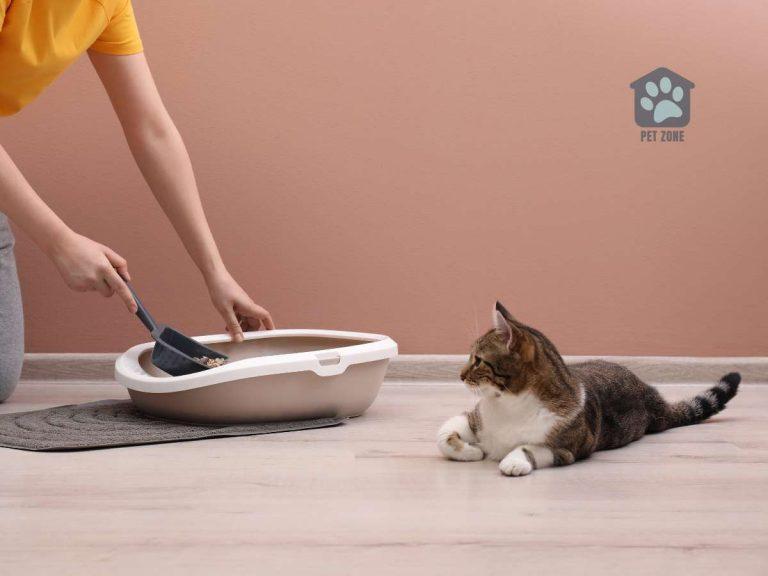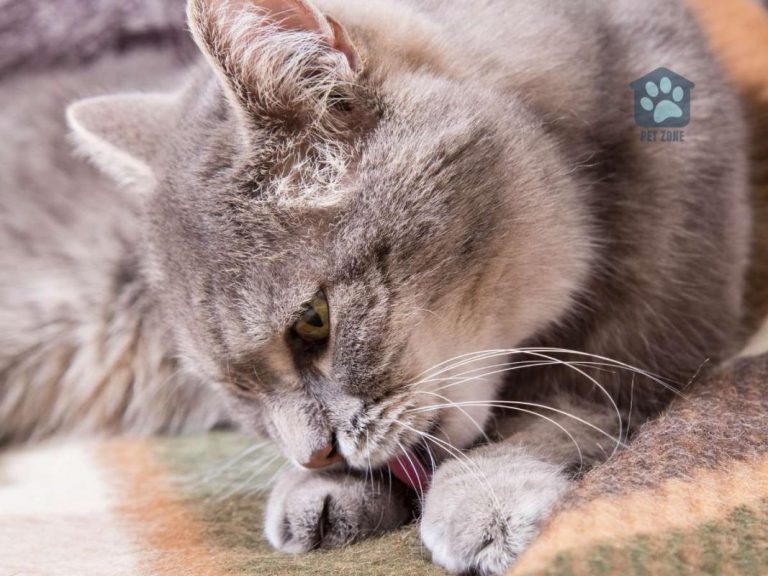Estimated reading time: 4 minutes
Introducing cats to each other can be a stressful and challenging experience, but with patience and proper preparation, it can be a smooth and successful process. In this blog post, we will discuss what steps to take to prepare for the meeting, how much hissing is normal when introducing cats, warning signs to watch out for, and good signs that the introduction is going well.
Important steps to follow
- Prepare a separate space for the new cat. Before you bring the new cat home, make sure you have a separate space for them to stay. This space should have a litter box, food and water bowls, toys, and a comfortable bed or blanket.
- Allow the cats to smell each other’s scent. Place a towel or blanket with the new cat’s scent in the room where your resident cat spends most of their time. This will allow them to get used to the new cat’s smell before they actually meet.
- Swap scents. Switch the blankets or towels between the two cats’ spaces so that they can get used to each other’s scents.
- Supervise their first interactions. When you’re ready to introduce the cats, do so in a controlled environment. Keep the new cat in their carrier and let your resident cat sniff around. If there are no signs of aggression or stress, you can let the new cat out of their carrier and supervise their interactions.
- Separate them if necessary. If either cat shows signs of aggression or stress, separate them and try again later. Gradually increase the time they spend together until they are comfortable around each other.
- Provide plenty of resources. Make sure each cat has their own litter box, food and water bowls, and toys. This can help reduce competition and prevent conflicts.
- Be patient. It can take several weeks or even months for cats to fully accept each other. Be patient and give them plenty of time to adjust to their new living situation.
How much hissing is normal when introducing cats?
It is important to remember that hissing is a natural behavior for cats, and it does not necessarily mean that the introduction is going poorly. Hissing can also be a sign that the cats are curious about each other but are unsure about how to interact.
Cats are territorial creatures, and the introduction of a new cat can disrupt their established hierarchy. When introducing cats to each other, it is common to see some hissing. Hissing is a sign that the cat is feeling threatened or uncomfortable, and it is a way for them to communicate their boundaries to the other cat.
It is important to pay attention to the duration and frequency of the hissing. Brief hissing followed by a retreat is a sign that the cats are establishing boundaries with each other. However, if the hissing is accompanied by growling, snarling, or other aggressive behaviors, it may be a sign that the cats are not getting along.
Warning signs when introducing cats
Besides hissing, there are other warning signs to watch out for. These signs indicate that the cats are not getting along and may be at risk of getting into a fight. If you notice any of these warning signs, it is important to separate the cats immediately and try the introduction again at a later time.
Some warning signs to watch out for when introducing cats include:
- Growling or snarling. These vocalizations indicate that the cats are feeling threatened and are preparing for a fight.
- Stiff posture and raised fur. This body language indicates that the cats are feeling defensive and are ready to attack.
- Swatting or batting at each other. These actions are signs of aggression and can lead to a physical altercation.
- Puffing up or arching their backs. This body language indicates that the cats are feeling threatened and are preparing to defend themselves.
- Lunging or chasing after each other. This behavior can quickly escalate into a physical altercation and should be stopped immediately.
If you notice any of these warning signs, it is important to intervene immediately to prevent the cats from getting into a physical altercation. You can try distracting the cats with a toy or treat, or separating them into different rooms until they have calmed down.
Good signs when introducing cats to each other
While there are warning signs to watch out for, there are also good signs that the introduction is going well. These signs indicate that the cats are getting along and are comfortable with each other. If you notice these signs, it is a good indication that the cats will be able to coexist peacefully.
Some good signs to watch out for when introducing cats include:
- Curiosity. The cats are interested in each other and approach each other without hissing or growling.
- Playfulness. The cats engage in playful behavior with each other, such as chasing each other or batting at toys.
- Relaxation. The cats are calm and relaxed around each other, with no signs of tension or aggression.
- Mutual grooming. The cats groom each other, which is a sign of trust and affection.
These signs will help to put your mind at ease. However, it is important to continue to monitor their behavior and intervene if you notice any of the warning signs mentioned above.








